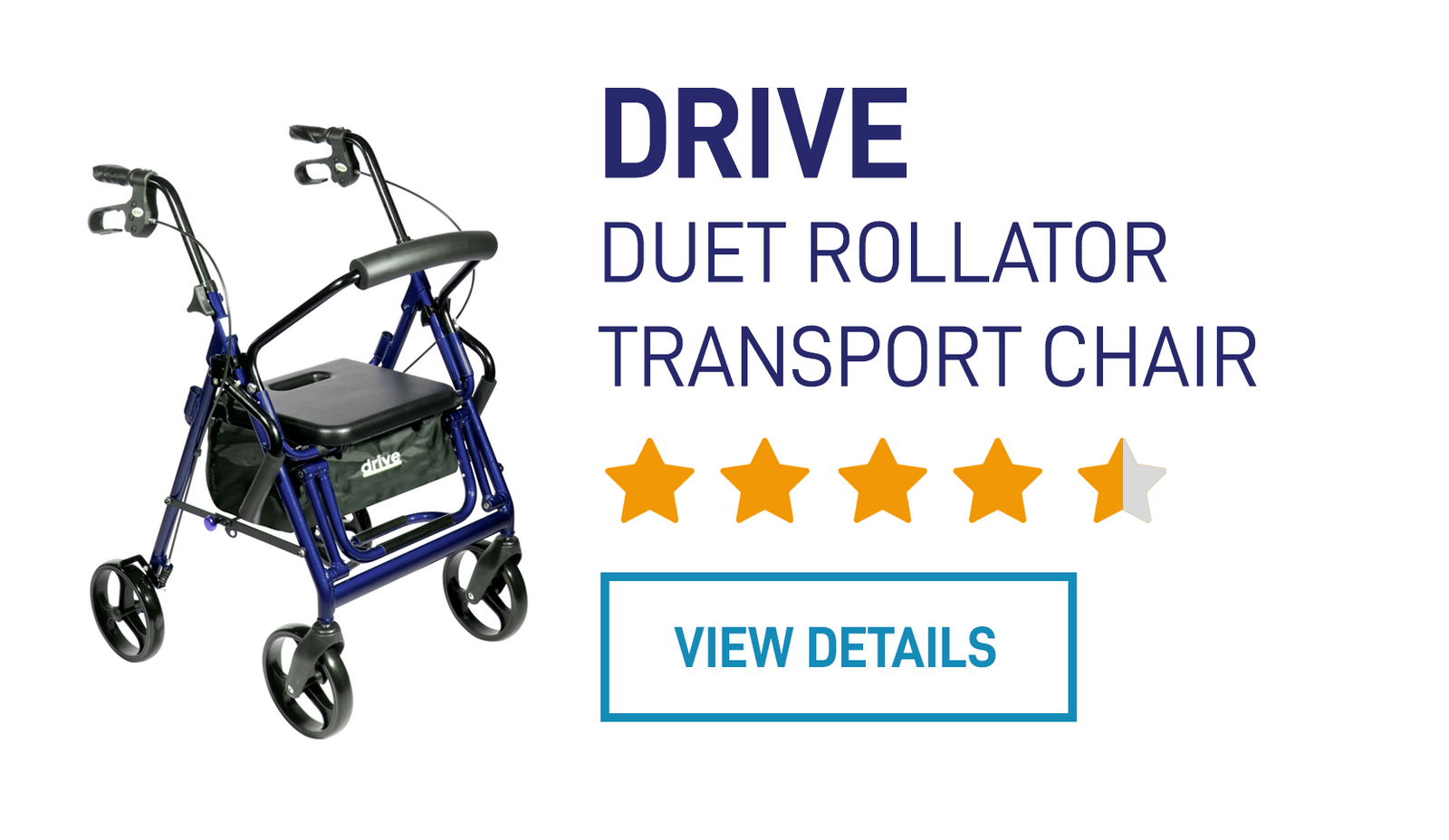Your Cart is Empty
Free Shipping on all orders $99.00 or more.
Menu

Free Shipping on all orders $99.00 or more.
ROLLATORS
Walkers
Crutches & Canes
Transport & Wheelchairs
Accessories
Accessibility in Public Spaces for People with Walkers
May 08, 2023 3 min read

By Fay Smith Photo from Pexels
Accessibility is a vital human right that ensures equal access and opportunity for all individuals, regardless of their abilities or disabilities.
And as the population ages, it's becoming increasingly important that public spaces become and remain accessible to everyone.
According to World Health Organization (WHO) data, roughly 75 million people need mobility aid or assistive devices like walkers and wheelchairs daily.
However, the population of individuals with disabilities rarely appears in public spaces. People with disabilities face barriers when accessing community infrastructures.
The Importance of Accessibility in Public Spaces
Public spaces such as parks, plazas, streets, and sidewalks play a vital role in fostering social connections and a sense of belonging within a community. These areas provide an opportunity to engage in various activities, socialize with others, and enjoy the fresh air. Additionally, incorporating simple breathing exercises while spending time in these public spaces can provide a relaxing and rejuvenating experience, improving both physical and mental well-being.
Hotels, restaurants, theaters, grocery stores, and museums are other public spaces where one can socialize, be entertained, shop, and learn.
Accessible public spaces encourage social interaction and foster a sense of belonging for people with movement impairments.
So it’s up to us to remove the barriers people with walkers face and promote accessibility and inclusivity.
The Barriers to Accessibility for People with Walkers
Despite urbanization’s rapid expansion and the efforts to improve accessibility, many public spaces still present significant barriers for people withmobility aids.
Here are some hurdles that the disabled community faces:
- Physical barriers: Physical barriers such as stairs, narrow doorways, or uneven surfaces can make it difficult or impossible for people with disabilities to enter a building or use certain facilities.
- Lack of accessibility features:Public spaces that lack accessibility features, such as ramps or elevators, can be challenging for people with disabilities to navigate. Sometimes, these features may be present but poorly maintained, making them unusable.
- Attitudinal barriers: Negative attitudes towards people with disabilities can create emotional obstacles to accessibility. For example, people may assume that someone with a walker cannot participate in certain activities. They may also be treated differently due to their disability.
- Transportation barriers:Getting to public spaces can be challenging for people with disabilities who rely on public transportation. Inaccessible transportation options, such as buses without wheelchair ramps, can prevent people with walkers from easily accessing public spaces.
- Financial barriers:Some people with disabilities may face financial obstacles to accessibility, such as the cost of purchasing a walker or accessing certain facilities.
Solutions for Improving Accessibility In Public Spaces
The Americans with Disabilities Act (ADA) prohibits prejudice against people with disabilities. Moreover, the ADA requires public infrastructures to be accessible or modified to be made accessible to the disabled population.
Improving accessibility in public spaces is critical to ensure that people with walkers can fully participate in community life. Here are some solutions that can help improve accessibility:
- Implementing accessibility features: Installing accessibility features such as ramps, elevators, automatic doors, or convenient parking areas can make public spaces more accessible to mobility aid users. These features should be well-maintained to ensure that they are always in working order.
- Removing physical barriers: Limiting stairs, narrow doorways, or uneven surfaces in public space design can make it easier for people with walkers to access community infrastructures. Removing barriers can include widening doorways, installing non-slip flooring, or creating level entrances.
- Providing clear signage: Clear signage can help people with disabilities navigate public spaces easier. Signage should be visible, easy to read, and provide clear directions to accessible entrances and facilities.
- Educating staff: Accessibility and disability awareness can help ensure that people with disabilities are cared for and given the respect and support they need. You must train staff members to interact with people who use assistive devices like walkers and wheelchairs and be ready to offer assistance when needed.
- Prioritizing accessibility in design: If you’re an architect, urban planner, city official, or facilities manager, prioritizing accessibility in the design elements of public spaces can help prevent barriers from being created in the first place. A disability-friendly design can include wider doorways, accessible entrances, and level surfaces.
- Engaging with the disability community: Engaging with the disability community can help ensure that accessibility improvements answer the needs of people with movement impairments. Seek input from individuals with walkers, disability organizations, and advocacy groups.
Creating inclusive public spaces and infrastructure is not just a matter of convenience but a fundamental human right. We must work towards breaking down barriers and eradicating the discrimination many people with disabilities face when accessing public spaces.
Subscribe
Sign up to get the latest on sales, new releases and more …
{"themeColor":"#5273b8","iconColor":"#5273b8","showLogo":true,"topBottomPosition":0,"rightLeftPosition":0,"iconSize":"large","iconCustomSize":60,"position":"middle-right"}



